Updated July 7, 2022
This is a question that people and parents ask all the time. Learning a martial art takes time, money, and dedication, therefore choosing an art can be confusing and difficult. We will take a look at the top 5 martial arts and discuss their pros and cons and to help make choosing a martial art for yourself or your children easier to understand.
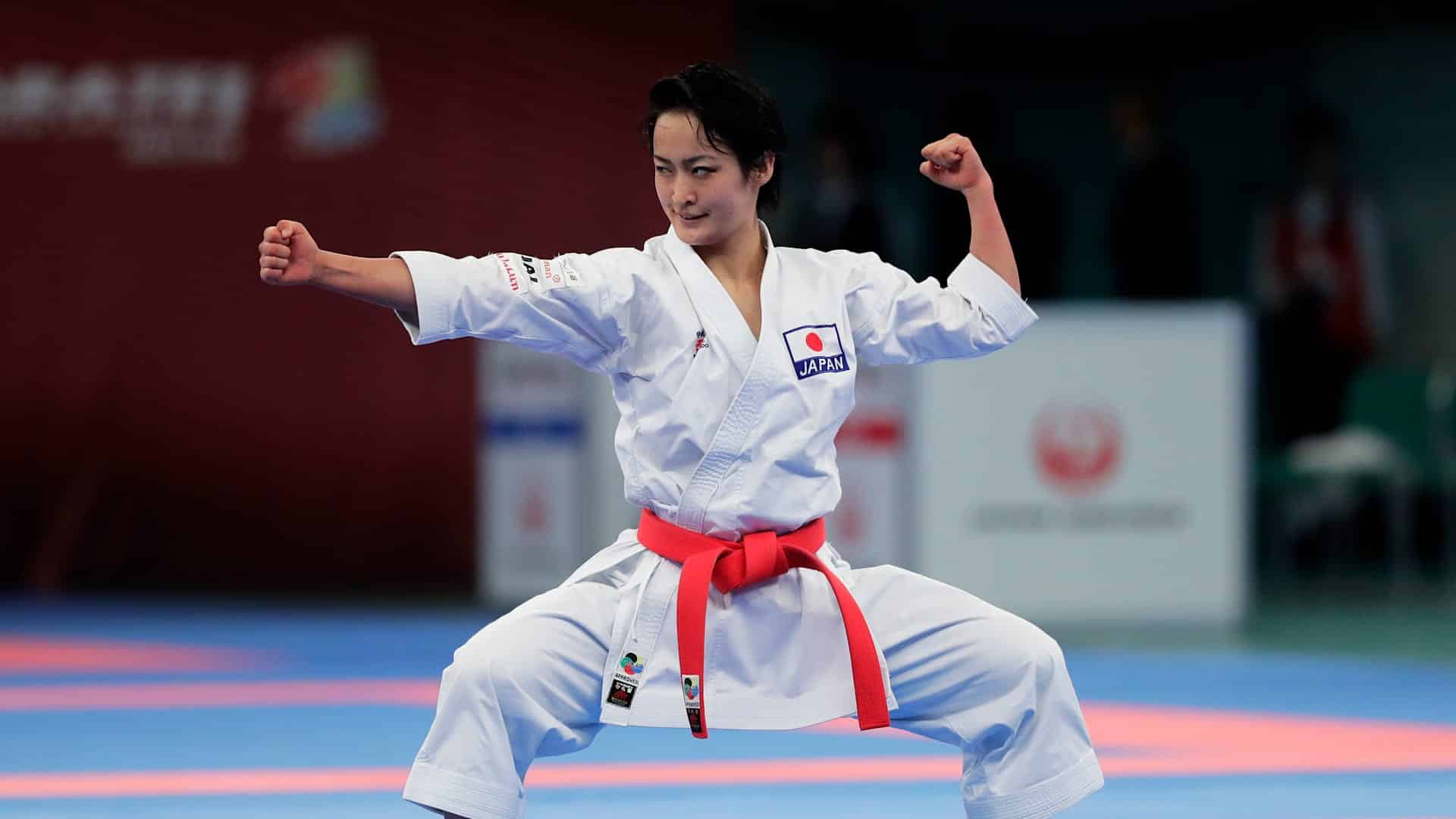
Karate
Everybody knows Karate. In some cases, they only know about Karate. I can’t tell you how many times I’ve been out in town wearing a judo gi or taekwondo dobok (uniforms) and somebody yells out “Hey… Karate!”. News flash: Not every martial art in the world is Karate. But Karate is a legit and effective martial art. The truth is that Karate descended from farmers in Japan who developed “open hand” fighting techniques to defend themselves against threats with only their bare hands and farm tools. Karate is a discipline just as much as it is an art, and perfecting techniques under the schooling of a capable Karate Master can take many years. Unfortunately, in recent years, many Karate schools, facing constant pressure from parents to promote their kids, have turned into “belt mills”, where students are tested and promoted, usually at a fee, even if the student hasn’t fully mastered or perfected their technique.
Fighting techniques in Karate consist of punches, kicks, hand strikes, elbow strikes, footsweeps, and defensive blocking using hands, forearms, knees & shins. Karate’s popularity unexpectedly spiked in the ’70s, unintentionally by Bruce Lee (Bruce studied Wing Chun Kung Fu, but karate dojos were more numerous, so people took Karate instead of Kung Fu). There was also a hit disco song, again about Kung Fu, but as previously mentioned, Kung Fu schools were few and far between, while most major cities had a karate dojo or two. So instead of Kung Fu getting all the popularity, it actually accidentally spilled over to Karate. That’s good for Karate. It experienced a second bloom, or wave of interest, in the ’80s following the unforgettable “Karate Kid” movie franchise. Karate remains competitive collectively in the world of martial arts, but has waned in popularity over the years. Being that Karate is not a “complete” martial art, in that there is no training on how to fight if your opponent takes you to the ground, it has become less sought after. As long as fighters are standing, Karate has a chance, but on the ground, it’s essentially useless. MMA has brought rise to several martial arts in recent years, but with few champions being “karate” fighters, it’s just not as popular or sought after as it once was. The twist and up-side to this is, as said earlier, there are many people out there who think Karate is the ONLY martial art.
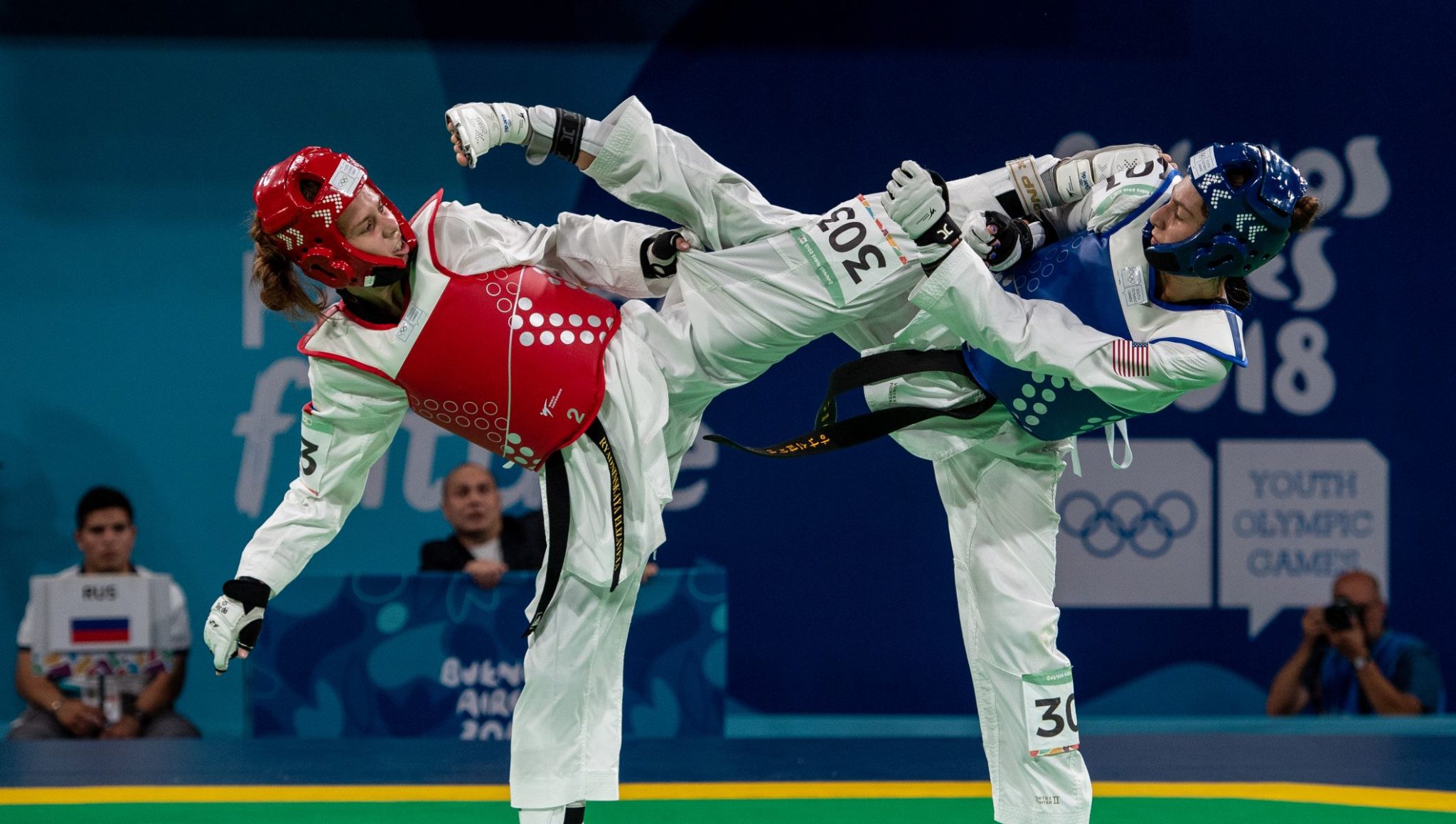
Tae Kwon Do
Tae Kwon Do, taekwondo, or TKD for short, are all acceptable names for this ancient martial art. Dating back more than 2000 years, Taekwondo is considered to be one of the oldest martial arts in existence. A tomb drawing dating back to between 37BC and 66AD depict two fighters in a stance using kicks and blocks and wearing uniforms similar to today’s TKD dobok (uniform). Taekwondo became oppressed during a period of Japanese occupation from the years 1910 – 1945 when martial arts teaching and practice was forbidden by the Japanese occupiers. TKD managed to stay alive hidden away in Buddhist monasteries by existing TKD masters of the day. During this period of oppressive military occupation, Koreans were treated harshly by their Japanese rulers, but the Japanese liked to put on Karate matches in public, and many Koreans studied the moves and techniques and added some of the style to underground TKD. When the occupation ended, masters emerged from hiding and started teaching taekwondo again, and included several techniques taken from the Japanese Karate fighters during their public exhibitions.
Today’s Tae Kwon Do – which translates to “the way of kicking and punching”, has been watered down to a shadow of it’s former self, in part due to its formal inclusion in the Olympic games in year 2000 and modifications of the art to make it more of a spectator sport. Nowadays, the name could mean something more like just “the way of kicking”. Punching is still taught, but has almost been completely eliminated in competition.
Taekwondo is one of the fastest growing martial arts for children. The pros are that it’s fairly easy to pick up, it is a legitimate self-defense, doesn’t require a tremendous amount of focus and concentration to grasp, there is not a deep repertoire of techniques, and a diligent student can earn a black belt in an average of 4-5 years. The cons are that Taekwondo (being predominantly a kicking art) generally favors taller people. It’s kinda hard to land a head-kick if you can’t even reach the head in the first place. Also, and unfortunately, most Taekwondo studios are highly monetized and will systematically promote you (or your child) many times based on a pre-determined & monetized schedule. As such, while still wildly popular, Taekwondo has become one of the most expensive martial arts today. A student usually has to purchase their own full-body sparring gear, as well as “club” uniforms. Belt tests can average around $100 each or more, and tournament fees are higher in Taekwondo than in any other martial art in the nation. Most Taekwondo facilities are nothing more than belt mills, having succumbed to parental belt testing pressure years ago. As one Taekwondo master once told me, “If the parent wants me to promote their child, all they have to do is ask and pay for it.” As such, in recent years Taekwondo has been losing ground in terms of legitimacy and public respect.
Taekwondo has been working hard on restoring its reputation. There have been numerous changes in rules in recent years to give more “points” to flashier exciting kicks and even to start allowing points for good strong body punches. A funny point to mention, considering how seriously the TKD powers that be take their image, the World Taekwondo Federation, originally founded in 1973, changed their name to “World Taekwondo”, dropping the “Federation” due to the gaining popularity of internet shorthand. Since its inception, the World Taekwondo Federation was known as the “WTF”. Well, here comes the cell phone generation and I guess someone told them about what “WTF” means nowadays, because they hilariously dropped the “F” in 2017.
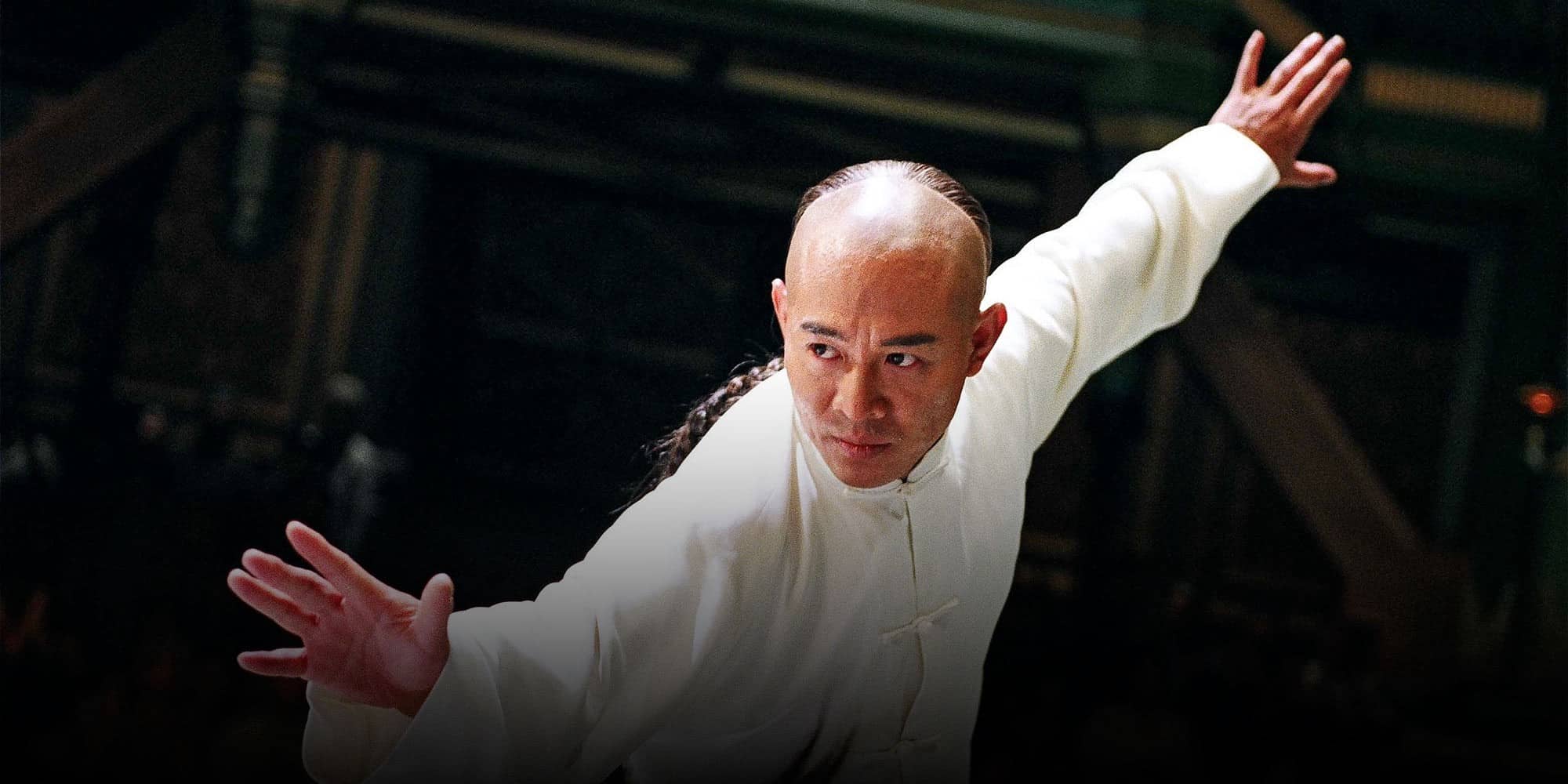
Kung Fu
Kung Fu, also known as Gung Fu, is the ancient fighting style of the Chinese that involves a wide array of techniques and styles, both with and without weapons. Kung Fu, like Taekwondo and Karate, is also a striking art, although many Kung Fu masters say that the true kung fu master is the one who never has to use it. It was made famous in the late ’60s and early ’70s by Bruce Lee and continues to be a popular fighting style in movies and TV due to its flashy techniques and cool moves, even to this day. In some cases, Kung Fu can even seem a little flamboyant due to numerous techniques adapted from animals. Remember “Crane Technique” from Karate Kid? “If do right, no can defend.” Remember that? (Yes, Karate Kid was “Karate”, but the Crane Technique was Kung Fu.)
Kung Fu is likely the most ancient martial art in existence, dating back over 4000 years to the Xia Dynasty in China. While Kung Fu encompasses many different fighting styles, many of its techniques and moves were adapted from certain animals. The original 5 animal styles were the Tiger, the Leopard, the Crane, the Snake, and the Dragon. There are many other kung fu styles that have been developed over the last several thousand years including the popular Wing Chun and more animal styles such as the Preying Mantis, the Monkey, and the Eagle Claw. Although there’s no actual known number, there are at least a hundred different known Kung Fu Styles
In today’s modern world, the beauty and grace of Kung Fu’s seemingly artistic movements make it perfect for the big screen, but not so much for the streets. This revelation was popularized by Bruce Lee after his famous fight with kung fu master, Wong Jack Man. While certain accounts of the fight are unclear, one thing is undisputed. Bruce was dissatisfied with how long the fight took, had his own revelation that Kung Fu was not practical for “street fighting”, and went on to start modifying his fighting style into a more efficient and effective martial art, eventually founding his own martial art, Jeet Kune Do.
Originally there were no belts in Kung Fu (hint: there still aren’t). A student would learn from one master, with the students’ progress being maintained in a ledger. There were only students and teachers, and once a student became a master, he would then be allowed to teach. Unlike other martial arts who wear colored martial arts belts, Kung Fu masters originally wore sashes tied around their waist. Today, sashes are the Kung Fu equivalent to other martial art belts, except that they’re, well, a sash. Kung Fu has waned in popularity in recent years due to the increasing popularity of other arts, and the general decline and availability of Kung Fu schools nationwide.
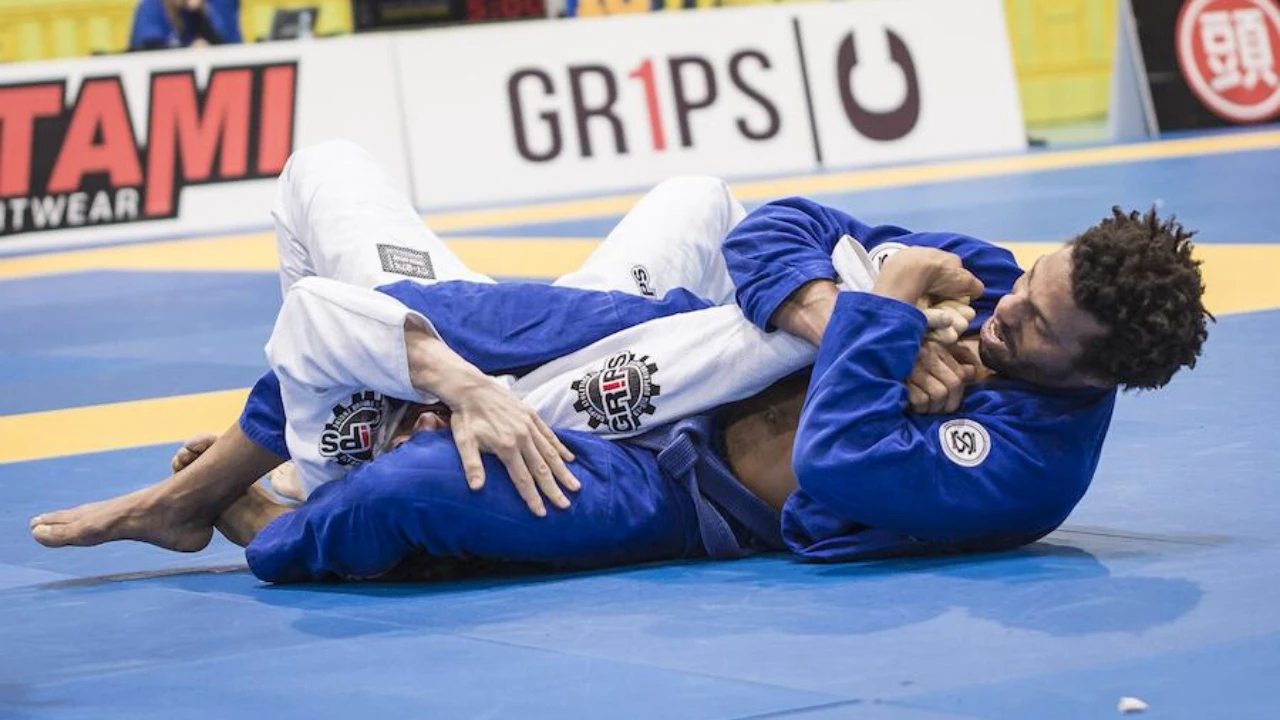
Jiu Jitsu
Another Japanese derived artform, Japanese JuJitsu was developed as a hand-to-hand fighting style for Samurai warriors. Samurai armor was so heavy and strong, techniques had to be developed to kill or disable an opposing warrior without the use of a weapon. There is a long history in Japanese JuJitsu. It is a fighting style that involves grappling (wrestling) predominantly, with the intent to kill or submit your opponent through the use of joint locks, submissions, and chokes. JuJitsu is a great martial art, in that it involves a number of techniques that make it easy for a smaller opponent to defeat a larger, stronger one.
When people think of modern-day Jujitsu, they are usually thinking of Brazilian Jiu Jitsu, or BJJ for short. BJJ’s origins are in Japanese JuJitsu (the Mother art), and Judo (the Father art). There is some confusion as to the direct origin of BJJ, as most BJJ practitioners do not like to admit their art was taken directly from a Judo practitioner. To set the stage, in the late 1800s all the way through the mid-1900s, Judo and Jujitsu were essentially the same thing. Like Kung Fu, there were different schools that focused on different techniques and styles all under the Japanese Jujitsu umbrella, but they all went by the same name, Jujitsu. Professor Jigoro Kano founded “Judo” in 1882, but his art was known at the time as “Kano Ryu Jujitsu“. Professor Kano was a master of several styles of Japanese jujitsu, taking much of the art and combining it with his own techniques which became the origin of Judo. One of Kano’s most famous students was Mitsuyo Maeda, a black belt in Kano Jujitsu, aka Judo. Maeda was born in Japan in 1878 and quickly became one of Kano’s best students. Many BJJ practitioners like to claim that Maeda was a Jiu Jitsu fighter, which he was, but back in that day it was all called Jujitsu. The first known use of the word Judo was in 1889, but Kano Ryu Jujitsu wasn’t called Judo until some time in the 1950’s when the need to differentiate the arts became an issue. Maeda traveled the world as a prize fighter, practicing Kano Ryu Jujitsu, and eventually crossed paths with Carlos Gracie in Brazil in 1914, teaching him Maeda’s version of jujitsu – which was literally still Judo with more emphasis on groundwork, or “newaza”. Maeda took up permanent residence in Brazil in 1915 and took up a young teenager named Carlos Gracie as a student. Carlos soaked up Maeda’s teachings, eventually teaching the techniques to his younger brothers. One of his brothers, Helio, was particularly small and weak. Helio further refined Carlos’ techniques to further benefit smaller weaker fighters, which is essentially how Grazie Jiu Jitsu was founded. Carlos opened his first Brazilian jiu jitsu school in 1925, eventually growing into a worldwide phenomenon with almost 3 million practitioners throughout the world today.
Brazilian Jiu Jitsu has gained immense worldwide popularity, most notably as one of the common arts practiced in the world of MMA and UFC. Jiu Jitsu is a great self defense for children and adults, but belt promotions may come slow. There is an exponentially larger repertoire of skills and techniques to learn in Jiujitsu with new moves being invented all the time, and obtaining a black belt can take several more years and countless more hard hours of work than Taekwondo or Karate. However, it’s important to note, that some, but not all Jiu Jitsu Professors do a better job of promoting students based on their skill, and not necessarily on a predetermined schedule.

Judo
Judo is a fighting style, also developed in Japan, derived from the Samurai, as a way to fight and defend one’s self against an unarmed opponent. Developed by a diminutive student of Japanese jujitsu, Jigoro Kano took many of the JJJ fighting techniques and perfected them into an entirely new martial art. In 1882 Jigoro Kano invented Judo originally known as “Kano Ryu Jujitsu”, and founded the Kodokan Judo Institute in Tokyo. While encompassing just about everything under the umbrella of Jiu Jitsu, Judo also involves stand-up fighting (tachi-waza), including a wide range of spectacular throws, devastating takedowns, groundwork (newaza) including chokes and joint locks, and terrifying pins (in Judo, to win by pin, you have to pin your opponent for 20 seconds, as opposed to 3 in wrestling). Interestingly enough, most people don’t realize that the Judo curriculum covers most of today’s Brazilian Jiu Jitsu’s techniques. Joint locks, chokes, and submissions are just as much a part of Judo as the throws and takedowns – although these techniques are usually reserved for older children and are not permitted in competition until age 12.
While generally not as expensive and monetized as other martial arts, Judo is not for the faint-hearted. It is quite literally one of the most aggressive combat sports out there. This does not mean that Judo is unsafe – quite to the contrary, Judo has no more occurrences of injury than just about any contact sport – and instructors and judges are quite attentive to the safety of the students. Judo students, known as “Judoka”, are taught proper falling techniques, so that when they practice their throws, the person being thrown knows how to fall safely and without injury. Judoka practice with each other following a philosophy of “mutual benefit and welfare.” This means, due to Judo requiring a training partner, each person is to look out for the benefit and welfare of their opponent, not hurting or killing them (lol). If you hurt your training partner, you don’t have a training partner anymore.
And while there are still occasional bumps and bruises, Judo is a wonderful option for adult and child self-defense, male and female, boys and girls alike. Of the fighting styles mentioned here, Judo is one of the more difficult to master, not that any martial art is really “easy” to master with the exception of today’s watered down Taekwondo. Judo’s techniques themselves aren’t all that difficult to learn individually, but the list of techniques and variations can go on forever. Each throw can be either right or left sided, and there are countless variations to consider as well. Also, like BJJ, Judo does not promote quickly either. Parents should know this going in – promotions are usually based on skill and performance, again, not in accordance with a pre-determined calendar or schedule. You or your child will receive promotions when they are earned and deserved.
So Which One is Best?
Which one is best is a difficult question to answer. Taekwondo and Karate are no lesser forms of self defense than boxing, so they can’t be discounted just because they primarily focus on kicks and punches – although they do get a bad rap from all the belt mills. There is a saying in the world of fighting that everyone has a “striker’s chance” – but in the real world, a stand-up fighter (TKD, Kung Fu, Karate, boxer) usually only gets one or two chances before the fight goes to the ground, thereby nullifying all of these fighting styles. If a fight goes to the ground, both the Judo and BJJ fighter will have the advantage. However, in that one split-second… that split-second just before the fight goes to the floor, if a Judoka gets one hand on you – just one – you’re probably about to experience the full power of the earth’s gravity as the planet slams into you. Judo builds tremendous core and body strength, agility, focus, confidence, and discipline. BJJ is still up there too, but many parents complain that it’s not all that physical and their children are just laying around on the ground all class. In Judo, you practice stand up fighting as well as ground fighting – it can be incredibly physical. Nationally, most Judo dojo’s teach probably somewhere around 80% standup and 20% groundwork, but particular Shia Judo Dojos can be equally 50/50 tachi-waza and newaza. It’s also the most applicable base-sport for any other sport due to the agility and balance a Judoka develops. Because of the Judo fighter’s ability to fight and/or defend himself/herself in either a standing or ground fighting situation, and because Judo pretty much encompasses everything that is BJJ, Judo earns our recommendation as the best martial art… but that may also be partially due to us being a Judo dojo. In all fairness, we won’t say one martial art is actually best because the answer to that depends entirely on you. Ultimately, the best martial art is the one that you fall in love with and master yourself, based on your own motives and interests. However, if you want to learn judo you can contact us for a free trial Judo class today!



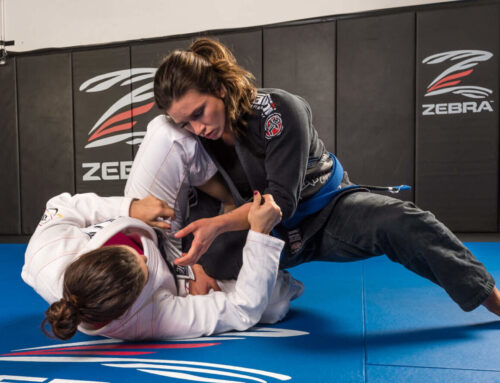
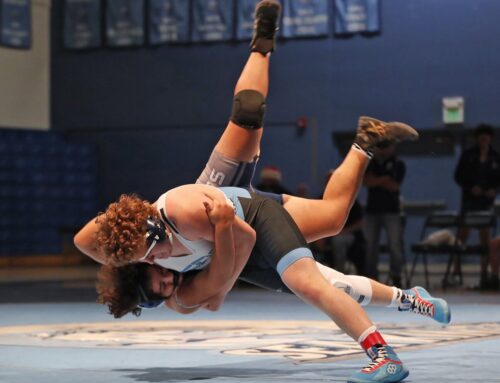
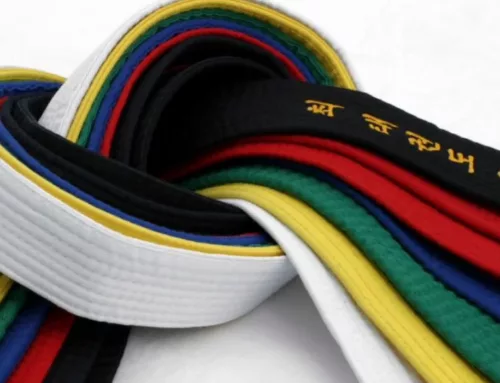
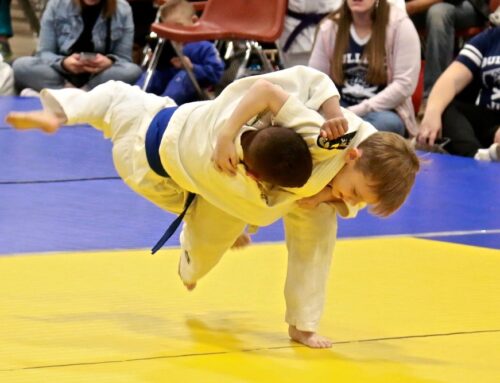
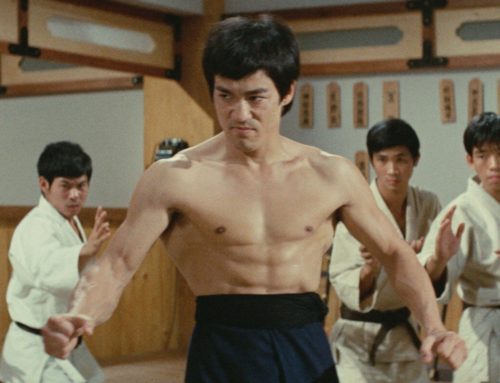
Leave A Comment